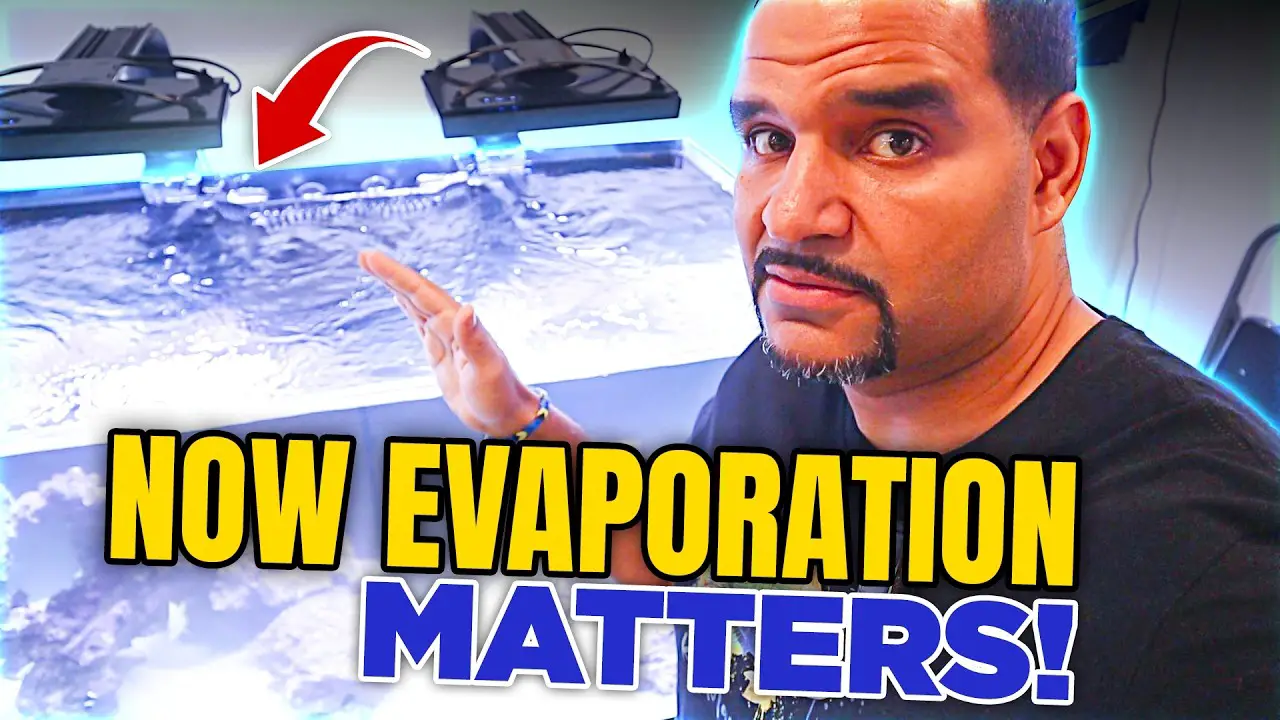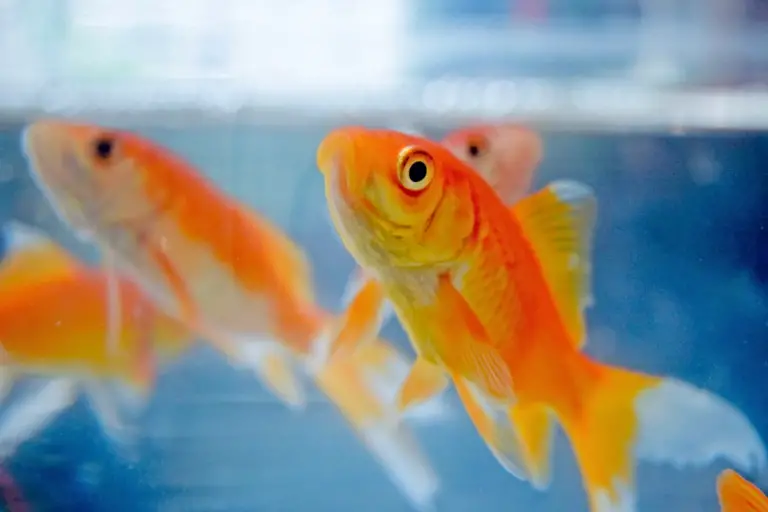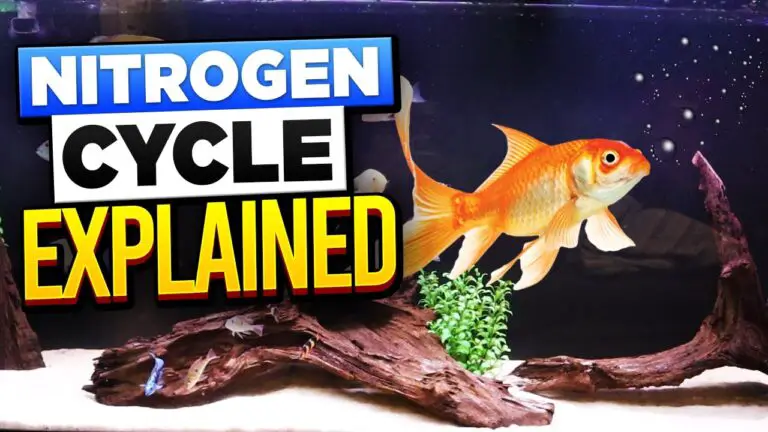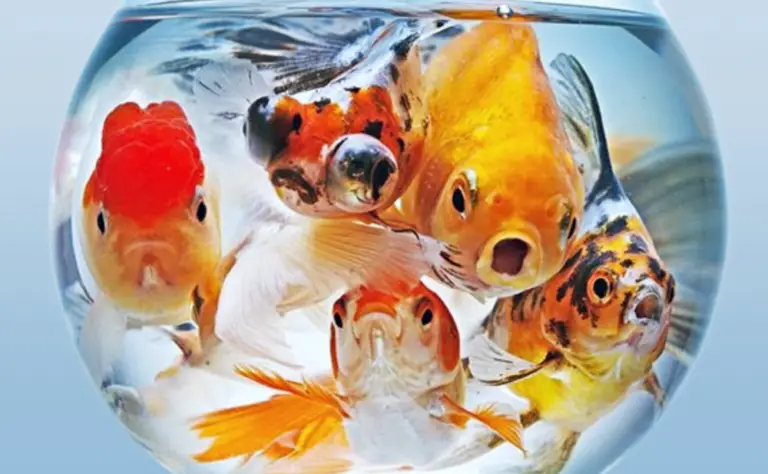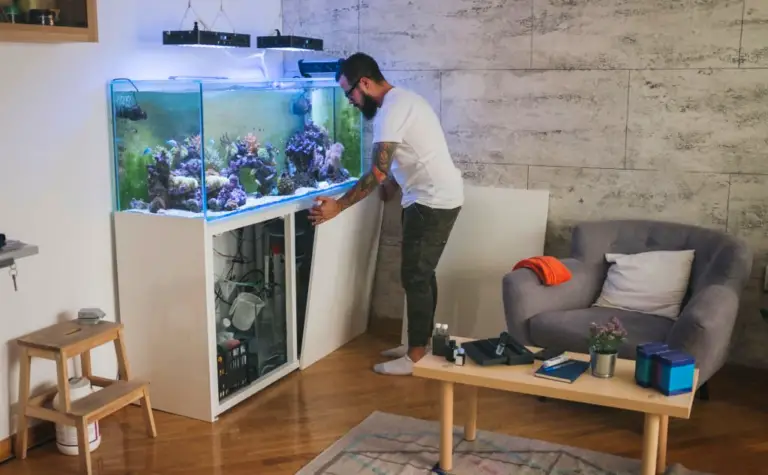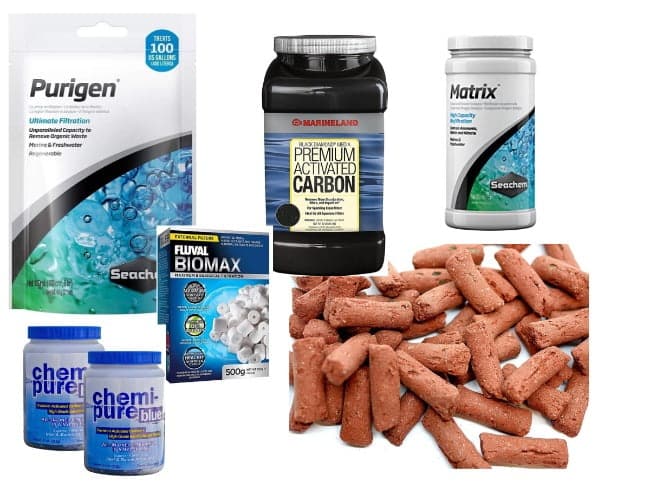How Evaporation Impacts Salinity Levels in Saltwater Aquariums
The obvious difference between freshwater and saltwater is, well, salt. But, something that’s not so obvious to us starting out is how quickly and easily your salinity levels can change. Why does this matter? Well, let’s not beat around the bush — it can be deadly to everything that’s in your tank.
Changing salinity levels is one of the new extra steps we have to consider when going salty. But don’t worry, we got you! Let’s learn all there is to know about saltwater salinity and evaporation.
Salinity 101
Salinity levels in saltwater aquariums are all about the amount of salt in the water, and it’s super important for keeping your marine friends happy. You’ll want to aim for 35 parts per thousand (PPT) or 1.026 specific gravity (SG) to match the ocean’s natural conditions.
Now the funny thing about our little ocean in a glass box is that it doesn’t want to remain at that salinity level. And that’s due to evaporation.
Salinity on the Rise? The Evaporation Effect
The evaporation process happens when water turns into vapor and escapes, usually thanks to heat and air movement. As water evaporates, the salt stays behind, causing salinity levels to creep up.
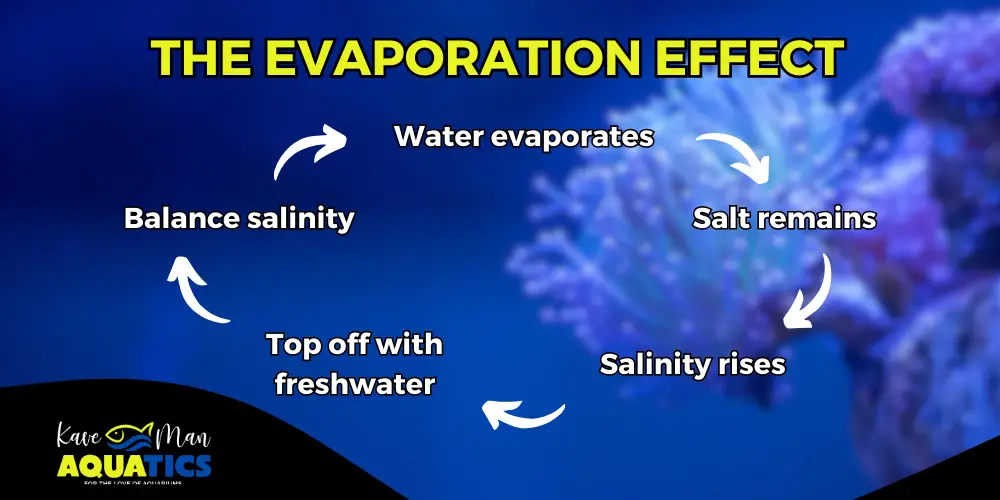
Imagine the same amount of salt in less water — yep, things get salty fast! High salinity can stress out your fish and corals, making them unhappy and unhealthy.
As you’ve guessed, evaporation is a major factor we must consider!
Keeping Tabs on Your Tank
Keeping an eye on your tank’s salinity and evaporation is a breeze once you get the hang of it!
Start by regularly checking the water level to see how much has evaporated — a simple ruler or a marked tank can do the trick. Next, use a trusty salinity meter, like a refractometer, to keep tabs on those salt levels.
Make it a fun weekly routine to measure both the water and salinity levels. If the salinity is climbing too high, just top off with fresh water to balance things out.
Winning the Evaporation Game
The solution is pretty straightforward — regular top-offs with fresh water. But why fresh water? Shouldn’t you add saltwater to a saltwater tank? Nope.
Topping off with saltwater isn’t a great idea because evaporation only takes water away — not the salt. Adding more saltwater would just make things saltier, which can stress out your fish and corals.
Instead, use fresh water for top-offs to replace the evaporated water and keep the salt levels balanced. This way, you maintain the right salinity and keep your marine life happy and healthy.
For a hands-off approach, an auto-top-off (ATO) system can do the refilling for you! Just make sure your ATO system’s reservoir is always filled with fresh water. No water, no top-off.
We here at KaveMan did things a little differently — and you can too! It’s an investment that pays for itself in the long run — check it out:
Handling Salinity Surges
Handling salinity surges is all about quick action and keeping things steady. Follow these steps:
- Test the waters: Check your tank’s salinity with a meter to see if it’s too high.
- Get freshwater ready: Prepare some freshwater to balance things out. Make sure it’s dechlorinated and at the same temp as your tank water.
- Add fresh water slowly: Gently pour the fresh water into your tank. Adding it slowly helps avoid any shocks to your marine buddies.
- Re-test the salinity: After adding the freshwater, test the salinity again to make sure it’s back to the sweet spot.
- Keep an eye on it: Watch your tank over the next few days to ensure the salinity stays steady and your aquatic friends are happy.
- Investigate any issues: If surges keep popping up, check for problems like high evaporation rates or faulty equipment.
- Make adjustments: Tweak your setup as needed to prevent future surges. Consider an auto-top-off system to keep things running smoothly.
Stay Proactive With Our Aquabuildr App
Make things easier for yourself. Input your results in the Aquabuildr app — it’s free by the way.
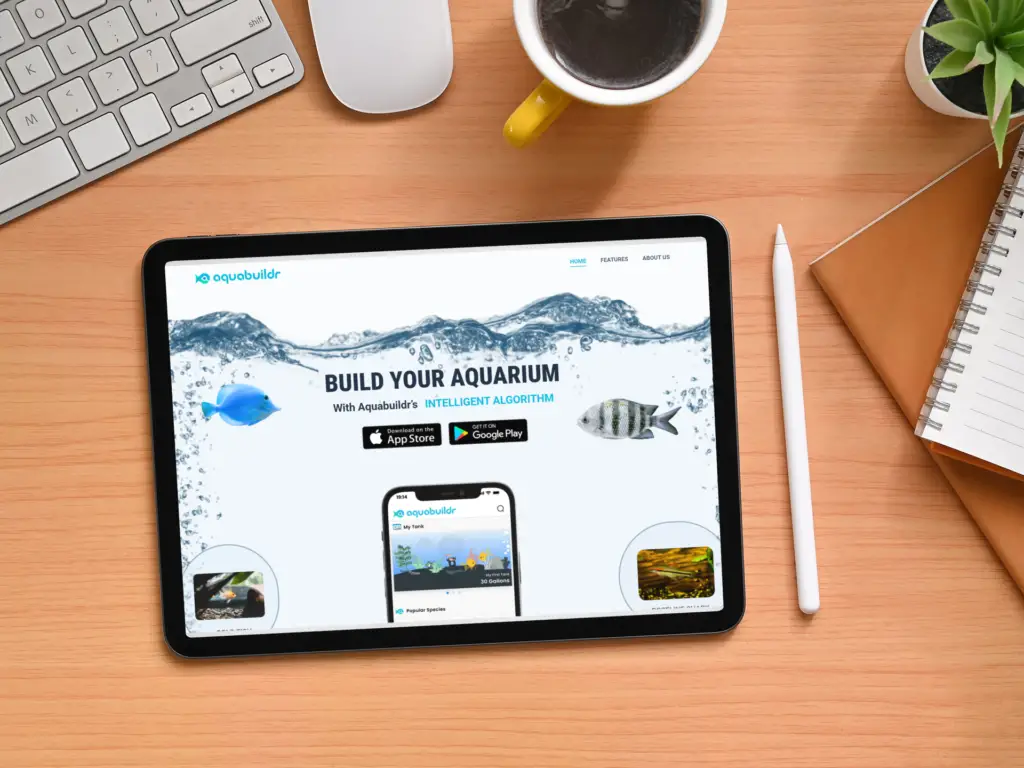
You’ll be able to keep track of your tank’s salinity levels and other parameters you want to test. The app presents a graph to help you identify any trends that might be happening and you can catch them before it becomes a problem.
Aquabuildr is free on the Google Play Store and Apple App Store — ready and waiting to help you create your perfect saltwater tank.
-
How Evaporation Impacts Salinity Levels in Saltwater Aquariums
Dive into the world of evaporation and its impact on salinity levels in your saltwater aquarium. Learn all there is to know!

